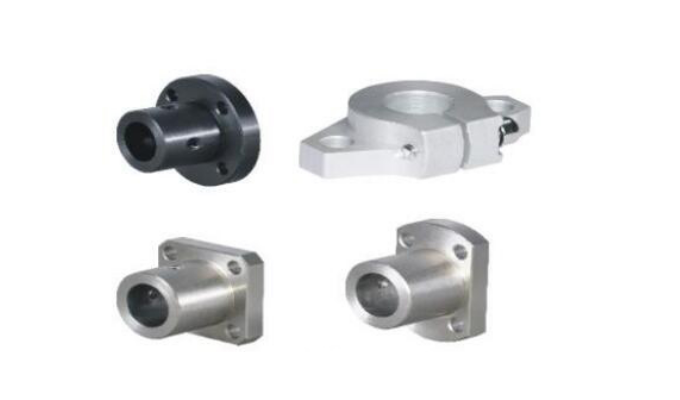Shafts are crucial components that constitute machines, serving to support rotating or oscillating parts and enabling them to achieve rotational or oscillatory motion, thereby achieving specific working positions. The primary functions of shafts include:
1. Supporting rotating components (such as gears, worm gears, etc.);
2. Transmitting motion and power.
Types of Shafts
(1) Classification Based on Shaft Shape:
Straight Shafts: Straight shafts can be classified into solid shafts, stepped shafts, and specialized shafts such as camshafts, splined shafts, gear shafts, and worm shafts, as shown in Figure (a) and (b).
Solid shafts have a simple shape and are easy to manufacture, resulting in reduced stress concentration on the shaft. However, installing and fixing components on a solid shaft can be inconvenient.
Solid shafts are commonly used in textile machinery, agricultural equipment, and machine tools. Stepped shafts have varying diameters in different sections, making it convenient to install and position components on the shaft. Due to the uneven distribution of loads on the shaft, stepped shafts can bear loads more reasonably, resembling beams of nearly equal strength. They are widely used in various rotating mechanisms.
Generally, straight shafts are made solid. However, there are instances where other components need to be accommodated within the shaft due to machine structure requirements, or where lubricating oil or coolant needs to be supplied through the shaft bore. In cases where reducing the shaft's weight is significant (e.g., large water turbine shafts, aircraft engine shafts), hollow shafts are used. This is illustrated in Figure 3-8. As torque transmission primarily relies on the outer surface material of the shaft, a hollow shaft is more material-efficient than a solid shaft and helps save materials. The typical ratio of inner diameter to outer diameter for a hollow shaft is 0.5 to 0.6, ensuring stiffness and torsional stability.
Crankshafts: Crankshafts are specialized components in internal combustion engines, crank presses, and other machines. They convert reciprocating motion into rotational motion or vice versa, as shown in Figure (c).


Flexible Shafts: Flexible shafts are composed of multiple layers of wound steel wires, providing good flexibility to transfer rotational motion flexibly to confined spaces. Flexible shafts are primarily used for transmitting motion between non-collinear shaft axes or in cases where there is relative movement between working periods, as well as in continuous vibration environments to mitigate impacts, as shown in below Figure.

(2) Classification Based on Load Endurance:
Spindle Shaft: A shaft that only endures bending moments without torque. Spindle shafts can further be divided into rotating spindle shafts and non-rotating spindle shafts.
Transmission Shaft: A shaft that endures both bending moments and torque, such as the shafts in reducers.
Driving Shaft: A shaft that only transmits torque without enduring significant bending moments, or the bending moments are negligible. For example, the shaft connecting the gearbox and the rear axle in an automobile.
Methods of Fixing Components on Shafts
The methods of fixing components on shafts and their characteristics are illustrated in Table.






